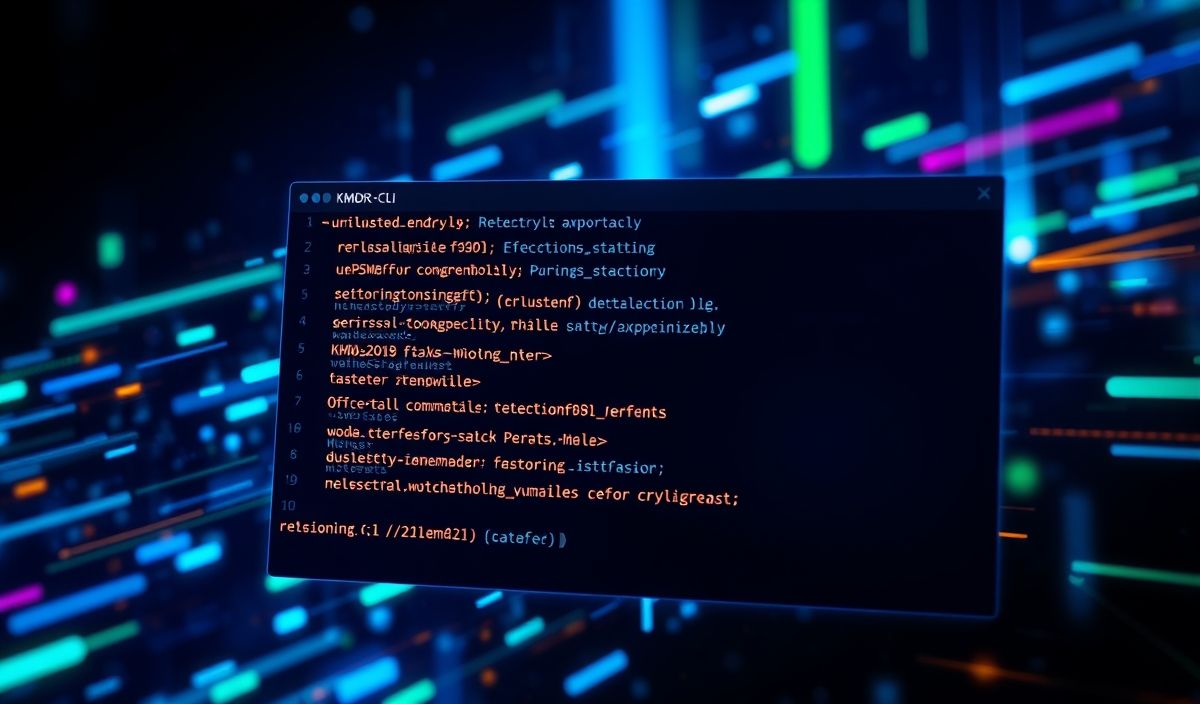Angular Server: The Ultimate Guide for Web Developers
Welcome to our in-depth guide on `angular-server`, a powerful way to manage server-side operations in your Angular applications. In this guide, we will introduce you to the concept of `angular-server` and provide comprehensive explanations of its APIs, complete with code snippets.
Introduction to Angular Server
Angular Server allows you to enhance the functionality of your Angular applications by handling server-side tasks seamlessly. Whether you need to perform CRUD operations, manage sessions, or configure middlewares, `angular-server` simplifies these processes with its robust set of APIs.
Useful APIs in Angular Server
1. HttpClient
The HttpClient module is used to make HTTP requests. It supports all HTTP verbs and provides a straightforward API for handling responses.
import { HttpClient } from '@angular/common/http';
constructor(private http: HttpClient) {}
getData() {
this.http.get('https://api.example.com/data')
.subscribe(data => console.log(data));
}
2. HttpInterceptor
HttpInterceptors allow you to modify HTTP requests and responses before they reach the client-side code.
import { HttpInterceptor, HttpRequest, HttpHandler, HttpEvent } from '@angular/common/http';
import { Observable } from 'rxjs';
export class AuthInterceptor implements HttpInterceptor {
intercept(req: HttpRequest, next: HttpHandler): Observable> {
const clonedRequest = req.clone({ headers: req.headers.set('Authorization', 'Bearer TOKEN') });
return next.handle(clonedRequest);
}
}
3. HttpParams
HttpParams is used to add query parameters to HTTP requests.
let params = new HttpParams();
params = params.append('search', 'angular');
this.http.get('https://api.example.com/search', { params: params })
.subscribe(data => console.log(data));
4. HttpBackend
HttpBackend is a service used for low-level HTTP requests. It’s often used for mocked backend services during testing.
import { HttpBackend, HttpRequest } from '@angular/common/http';
constructor(private httpBackend: HttpBackend) {}
makeRequest() {
const req = new HttpRequest('GET', 'https://api.example.com/data');
this.httpBackend.handle(req).subscribe(data => console.log(data));
}
App Example with Angular Server APIs
Let’s create a simple Angular application that uses the mentioned APIs:
import { Component, OnInit } from '@angular/core'; import { HttpClient } from '@angular/common/http'; @Component({ selector: 'app-root', template: `Angular Server Example
{{ data | json }}`
})
export class AppComponent implements OnInit {
data: any;constructor(private http: HttpClient) {}
ngOnInit(): void {}
fetchData() {
this.http.get('https://api.example.com/data')
.subscribe(response => {
this.data = response;
});
}
}
By following this example, you can build advanced Angular applications that interact with your server efficiently and effectively.
Hash: b71c9be75f5f6aa4b6ee79afb548844f01ccc13a756fbaa866bb5152a3fd6b1d




